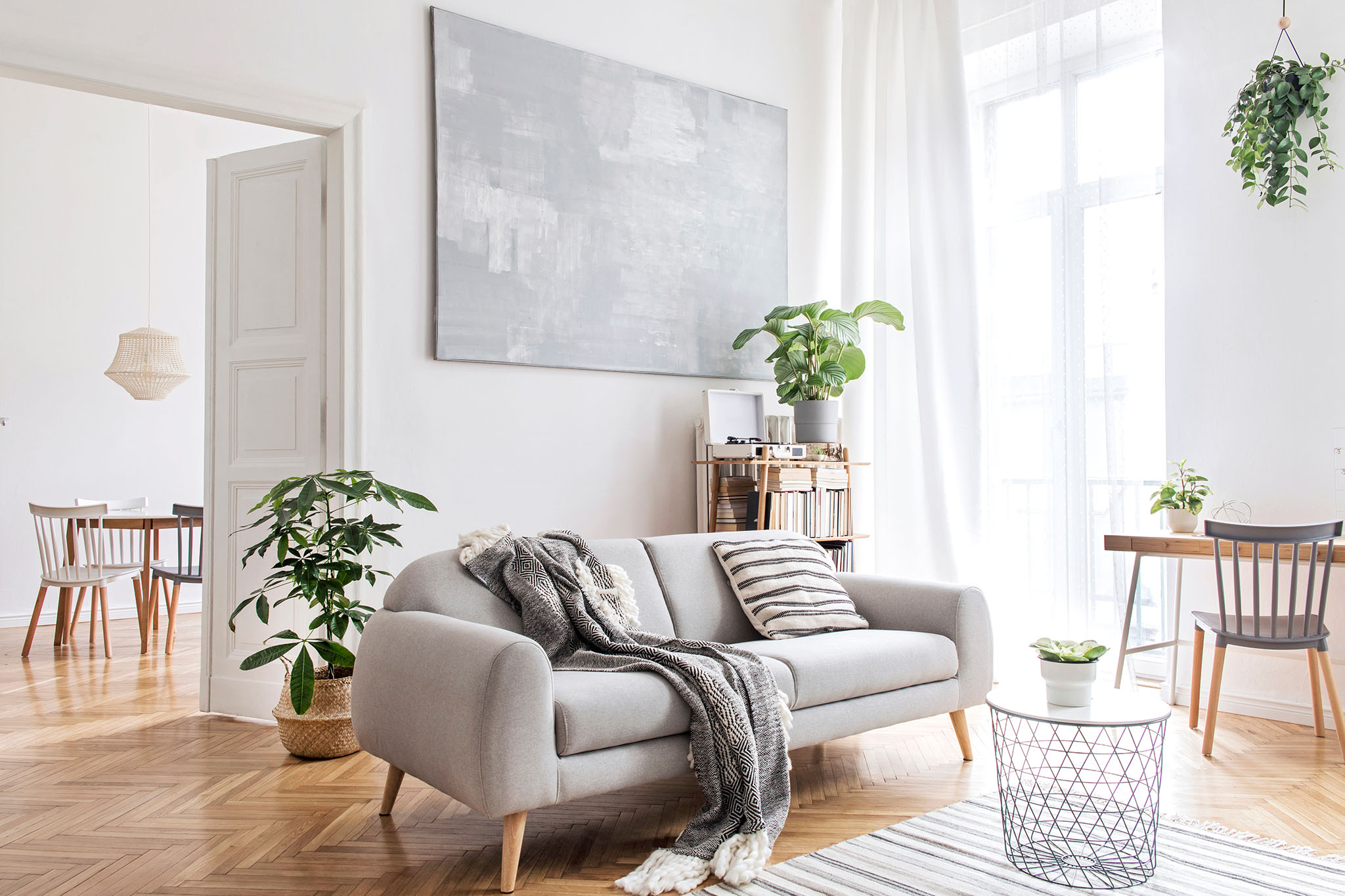Average living room size
When it comes to designing a living room, one of the most important factors to consider is the size of the room. The size of a living room can greatly impact its functionality, aesthetic appeal, and overall comfort. But what is considered the average size for a living room? According to interior design experts, the average living room size in the United States is around 330 square feet. This size allows for comfortable seating, movement, and space for other furniture pieces.
Standard living room size
While the average living room size provides a good guideline, it's important to note that there is no one standard size for a living room. The standard living room size can vary depending on factors such as location, type of house, and personal preference. In general, a standard living room can range from 200 to 350 square feet. However, some luxury homes may have living rooms that are over 500 square feet.
Ideal living room size
When designing a living room, many people wonder what the ideal size would be. The truth is, the ideal living room size depends on the individual's needs and preferences. For some, a smaller living room may be ideal for a cozy and intimate feel, while others may prefer a larger living room for entertaining and hosting guests. However, most interior designers suggest that an ideal living room size should be at least 16 feet by 16 feet, or around 256 square feet.
Minimum living room size
While there is no one-size-fits-all answer for the ideal living room size, there is a minimum size that experts recommend. The minimum living room size should be at least 10 feet by 12 feet, or around 120 square feet. This size will allow for a small seating area and some space for movement.
Maximum living room size
On the other end of the spectrum, some may wonder what the maximum living room size should be. While there is no set limit, the maximum living room size should be proportionate to the rest of the house and its purpose. For example, a living room in a large mansion may be significantly larger than a living room in a small apartment. The important thing is to ensure that the living room is functional, comfortable, and aesthetically pleasing.
Living room dimensions
When discussing living room sizes, it's also important to understand the different dimensions that make up a living room. The main dimensions to consider are the length, width, and height of the room. The length and width are usually measured in feet, while the height is measured in feet or inches. These dimensions will determine the overall size and shape of the living room.
Living room square footage
Another way to measure a living room's size is by its square footage. Square footage is the total area of a room, calculated by multiplying the length and width of the room. For example, a living room with dimensions of 15 feet by 20 feet would have a square footage of 300 square feet. This measurement is important when determining furniture placement and how much space is available for different activities.
Living room area
The term "living room area" is often used interchangeably with living room size. Living room area refers to the total space occupied by the living room, including any furniture and decor. This measurement can also include any open areas or walkways within the living room. Knowing the living room area can help determine the amount of furniture and decorations needed to fill the space.
Living room space
Similar to living room area, living room space refers to the total space available in the living room. This includes the floor area as well as the vertical space. When designing a living room, it's important to consider the available space and how to make the most of it. This could include utilizing vertical space with tall shelves or incorporating multi-functional furniture to save space.
Living room measurements
Finally, when designing a living room, it's crucial to take accurate measurements. Knowing the exact measurements of a living room can help with furniture placement, determining the size of furniture pieces to purchase, and creating a functional layout. It's recommended to measure the living room's length, width, and height, as well as any alcoves, doorways, or windows that may affect the layout.
In conclusion, when it comes to living room size, there is no one perfect size that fits all. The right size for a living room will depend on personal preference, the purpose of the room, and the available space. However, by considering the average, standard, ideal, minimum, and maximum living room sizes, as well as the different dimensions and measurements, one can create a living room that is comfortable, functional, and stylish.
The Importance of Proper Living Room Size in House Design

Why Size Matters
 When it comes to designing a house, one of the most important factors to consider is the size of the living room. The living room is often considered the heart of the home, where family and friends gather to relax, socialize, and entertain. It is also the first room that guests see when they enter your home, making it essential to make a good first impression. That is why having the right living room size is crucial in creating a functional and inviting space for your household and guests.
When it comes to designing a house, one of the most important factors to consider is the size of the living room. The living room is often considered the heart of the home, where family and friends gather to relax, socialize, and entertain. It is also the first room that guests see when they enter your home, making it essential to make a good first impression. That is why having the right living room size is crucial in creating a functional and inviting space for your household and guests.
Factors to Consider
 The size of the living room is not just about having a large or small space; it also involves finding the right balance for your specific needs and preferences.
One of the main factors to consider is the size of your household. If you have a large family or frequently host gatherings, a spacious living room would be ideal. On the other hand, if you live alone or have a small family, a cozy and intimate living room would suffice.
Another factor to consider is the purpose of your living room.
Do you envision it as a place for relaxation or a space for entertaining?
If you want a more tranquil atmosphere, a smaller living room with comfortable seating would be suitable. However, if you love to host parties or have a large family, a bigger living room with ample seating and a designated entertainment area would be more appropriate.
The size of the living room is not just about having a large or small space; it also involves finding the right balance for your specific needs and preferences.
One of the main factors to consider is the size of your household. If you have a large family or frequently host gatherings, a spacious living room would be ideal. On the other hand, if you live alone or have a small family, a cozy and intimate living room would suffice.
Another factor to consider is the purpose of your living room.
Do you envision it as a place for relaxation or a space for entertaining?
If you want a more tranquil atmosphere, a smaller living room with comfortable seating would be suitable. However, if you love to host parties or have a large family, a bigger living room with ample seating and a designated entertainment area would be more appropriate.
Benefits of a Properly Sized Living Room
 Having the right living room size offers numerous benefits for your household. It allows for better traffic flow and movement within the room, making it more functional and efficient. It also creates a sense of balance and proportion in your house, contributing to its overall aesthetic appeal.
Furthermore, a well-sized living room can enhance the functionality of your home, as it can serve as a multi-purpose space for various activities such as watching TV, reading, or playing games.
In conclusion, the living room size plays a crucial role in house design.
It is essential to carefully consider your household's needs and preferences and strike a balance between functionality and aesthetic appeal.
With proper planning and design, you can create a living room that is not only visually appealing but also practical and inviting for you and your guests. So,
whether you prefer a cozy and intimate space or a spacious and grand living room, make sure to find the right size for your home.
Having the right living room size offers numerous benefits for your household. It allows for better traffic flow and movement within the room, making it more functional and efficient. It also creates a sense of balance and proportion in your house, contributing to its overall aesthetic appeal.
Furthermore, a well-sized living room can enhance the functionality of your home, as it can serve as a multi-purpose space for various activities such as watching TV, reading, or playing games.
In conclusion, the living room size plays a crucial role in house design.
It is essential to carefully consider your household's needs and preferences and strike a balance between functionality and aesthetic appeal.
With proper planning and design, you can create a living room that is not only visually appealing but also practical and inviting for you and your guests. So,
whether you prefer a cozy and intimate space or a spacious and grand living room, make sure to find the right size for your home.


























































































